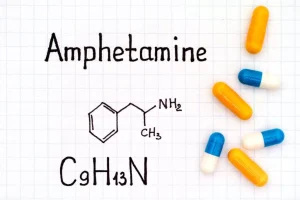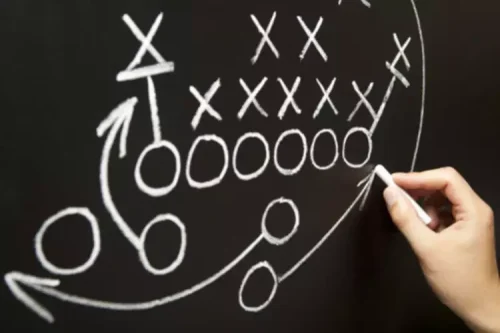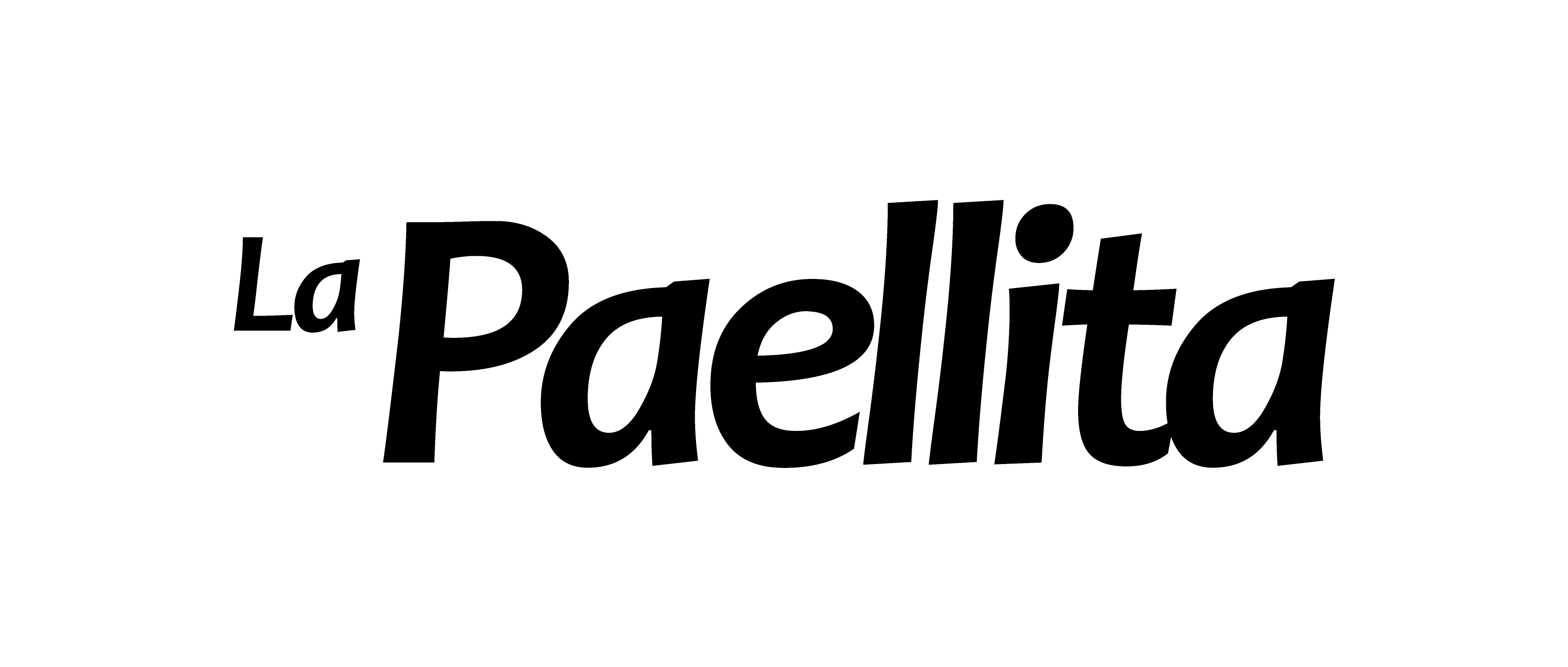22 Jul How To Tackle Peer Pressure: Types, Strategies, Examples

Peer pressure can play on certain strengths or challenges that an adolescent already faces. With indirect pressure, adolescents are exposed to the actions of one or more peers and can choose which one to follow. This type of peer pressure can be exemplified in fashion choices, personal interactions, social behaviors, teams, parties, media, and groups of friends, among others.
What are negative peer pressures?
- As seen in Verywell, Healthline, Psych Central, Everyday Health, and Health.com, among others.
- These things can also be considered as a positive activity and there are many strategies to navigate academic pressure if you feel at any time.
- Peer influence can show you there is support, encouragement, and community available to you.
However, peer pressure can also be exerted by the larger culture. For example, television shows can convey to the public an acceptable way to behave, even though the people on TV do not know every individual they are influencing. Being pressured by peers can be a stressful experience, whether it happens in person or online. It may shake your sense of identity and self-confidence and may contribute to excessive worry. In addition, prolonged exposure to this type of stress and tension may be a factor in mental health concerns such as anxiety and depression.
How to get help for someone who has experienced peer pressure?

Peer influence can show you there is support, encouragement, and community available to you. By seeing someone else do something positive, even if it’s challenging, you may reflect on your own life choices, goals, and where you spend your time. Peer pressure is any type of influence, positive or negative, that comes from a peer group. When it comes to pressures around alcohol and other drug use, something else to think about is that most students overestimate how many of their peers drink or use drugs. The truth is that many fewer college students drink or use drugs than people assume. It’s similar with sex and “hooking up”—most students have a skewed idea of what others are doing.
Direct peer pressure
This pressure resides in a one-on-one interaction; the one being influenced has more opportunity to confront his or her decision against his or her set of beliefs and values. There might be many cases in which you have experienced peer pressure, but you don’t want to respond to it, so you can think of a response which can help you to escape from that situation. This process will help you to handle peer pressure if you face it during that time. Mutual sharing of struggles in a safe space with those you trust can normalise challenges many secretly face. The relief of being truly seen and heard can become its lifeline.
Establish Positive Friendships

For example, research has shown that teens with friends who volunteer are more likely to volunteer themselves. Some of its impacts include bullying, mental health concerns, changes in appearance, changes in the way one talks and behaves, changes in academic grades, and changes in school attendance. Certain risky behaviours may also occur as a result of peer pressure. Some positive peer pressures include academic achievement, volunteering, healthy lifestyle choices, and overcoming fears to try new things.
Learn therapeutic skills to overcome peer pressure
Peer pressure influences teens in several ways, both good and bad. Anything from eating habits, exercise, interests, music, activities, and more can be influenced by peers. One of the first lessons of dealing with peer pressure is to take a clear stand. If you feel something isn’t right, decide how you will deal with it and stick to your decision. Being unsure of yourself will only lead to stress and awkwardness while handling peer pressure. Identify friends who share the same values as you have and agree to stick together when out socially.
How Peer Pressure Affects All Ages
Peers play a large role in the social and emotional development of children and adolescents. Their influence begins at an early age and increases through the teenage years. It is natural, healthy and important for children to have and rely on friends as they grow and mature. Parents can become the strongest influence on their children, as long as they understand how to deal with peer pressure and are aware of the different types of pressure they face. Asking a teenager to engage in behavior that goes against his or her moral code or family values is a type of negative pressure. The dynamics of a peer group can be a positive influence and assist in establishing healthy and wholesome behaviors that are age-appropriate and socially accepted.
- Research suggests simply having friends who choose not to smoke, use drugs, or drink alcohol can make it less likely young people will use substances.
- Self-regulation involves the ability to control thoughts, emotions, and behaviors in order to manage current behavior and achieve long-term goals.
- This could stem from wanting to be liked, or a fear of confrontation.

If certain friends often encourage activities you regret or leave to avoid peer pressure feeling ashamed, limit time with them. Politely decline invitations that involve the temptation to cross your boundaries. Handling guilt takes practice, but it is worthwhile to listen to your intuition. Research has long shown peer pressure can increase the risk someone will try drugs, alcohol, or cigarettes. Some people are more affected by peer pressure than others, just as some people are more likely to experience addiction than others.
- According to recent research, nearly 85% of high schoolers struggle with peer pressure.
- By Michelle PugleMichelle Pugle, MA is a freelance writer and reporter focusing on mental health and chronic conditions.
- It’s the negative peer pressure that we usually think of when the phrase peer pressure is used.
- In contrast, negative peer pressure coerces others towards risky, inappropriate, unethical, dangerous or illegal choices.
While some people may experiment with alcohol or drugs once or twice and decide it’s not for them, others who begin using a substance may find it difficult to quit. In some cases, people may continue using the substance as part of social activity, such as drinking at parties or smoking because everyone else is taking a smoke break. Many people consider peer pressure a negative thing, but this isn’t always the case. People, especially teens and young adults, may be more likely to do prosocial behaviors when they see people their own age doing the same things.



No Comments